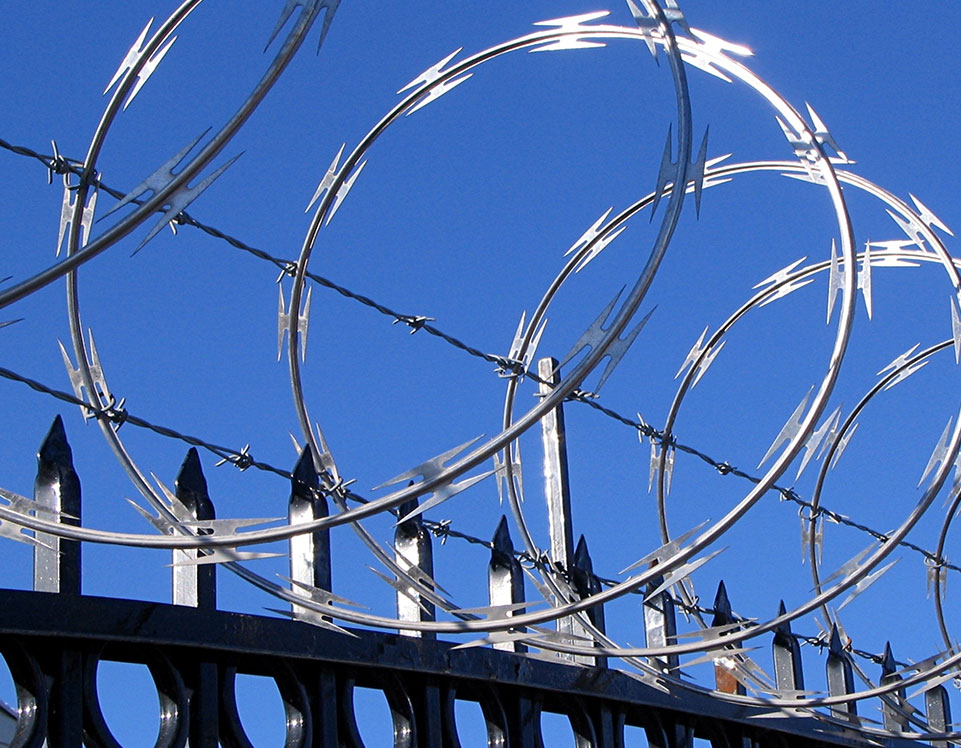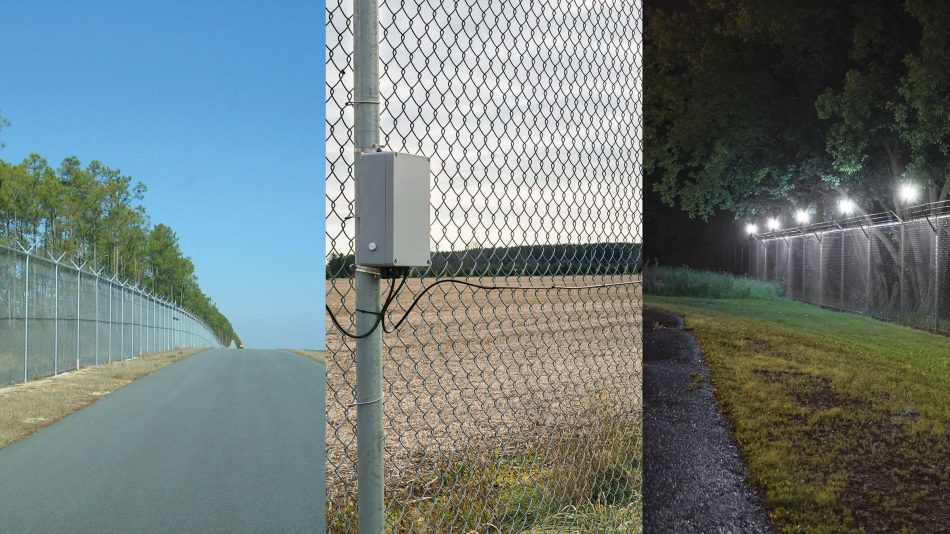Boost Your Safety And Security With Advanced Fiber Optic Security Systems
In an era where safety is critical, advanced fiber optic safety systems offer a compelling remedy for boosting security across various atmospheres. What implications do these innovations hold for future security actions?
Advantages of Fiber Optic Protection
Taking advantage of the benefits of fiber optic innovation considerably enhances safety systems throughout various applications. One of the main benefits is the raised bandwidth ability, permitting the transmission of large quantities of data at broadband. This is specifically vital for real-time video clip security, where high-resolution feeds can be sent out without latency, guaranteeing immediate response capabilities.
Additionally, fiber optics display exceptional resistance to electromagnetic disturbance, which is important in environments with possible signal disturbances. This dependability guarantees consistent efficiency in essential safety and security procedures. Additionally, fiber optic cords are much less prone to touching and unapproved gain access to compared to conventional copper electrical wiring, thus enhancing data stability and privacy.
One more noteworthy benefit is the resilience of fiber optic systems; they are more resistant to environmental variables such as wetness, temperature fluctuations, and destructive materials. This resilience equates to reduce maintenance expenses and longer life expectancies for safety and security installations.
Lastly, the light-weight nature of fiber optic wires helps with much easier installation and transmitting, particularly in complex facilities (fiber optic security system). Inevitably, the combination of fiber optic innovation into security systems not only strengthens defense actions however likewise maximizes functional performance
Secret Functions to Take Into Consideration
When reviewing fiber optic safety and security systems, several crucial features should be thought about to make certain optimal performance and efficiency. Initially, assess the system's detection array and level of sensitivity; a comprehensive array permits keeping an eye on huge locations, while high level of sensitivity makes certain that also minor disruptions are spotted immediately.
Following, take into consideration the integration capabilities of the system. A fiber optic protection system need to perfectly interface with existing security measures such as cams and alarms, creating a cohesive safety and security network.
Resilience and environmental resistance are also essential features. Ensure that the system is created to withstand harsh climate condition and possible physical threats, as this will certainly prolong its functional lifespan.

Finally, check out the scalability of the system. A durable fiber optic protection system ought to be easily expanding to suit future needs without substantial overhauls. By very carefully taking into consideration these features, you can pick a fiber optic safety option that boosts security and security in your atmosphere.
Setup Process Review
To effectively apply a fiber optic protection system, a methodical installment procedure is vital. This process starts with a comprehensive website assessment to figure out the details safety and security demands and to identify ideal areas for fiber optic wires and security devices. Following this evaluation, the installment group will certainly create a thorough plan, consisting of cable pathways, essential devices, and conformity with regional guidelines.
Following, the installment involves laying the fiber optic cables, ensuring they are secured from ecological elements and physical damages. Correct handling strategies are essential, as fiber optic cables are sensitive and can be quickly harmed. After the cabling is set up, ports click for source and terminations are meticulously completed to guarantee signal honesty.
The succeeding phase is composed of setting up safety tools such as electronic cameras, movement detectors, and alarm systems, all integrated with the fiber optic network. Strenuous testing is performed to validate that all parts are operating properly and to make sure optimum performance.

Comparing Fiber Optic to Typical Equipments
The development of security modern technology has actually resulted this post in substantial developments in the contrast between fiber optic systems and traditional copper-based systems. Fiber optic systems use light to transfer data, supplying premium transmission capacity and speed contrasted to their copper equivalents. This causes enhanced information transmission capabilities, making optical fiber excellent for high-resolution video security and real-time monitoring.
Additionally, fiber optic cords are immune to electro-magnetic disturbance, decreasing the probability of signal degradation caused by external aspects. This particular makes sure constant efficiency, even in difficult atmospheres. On the other hand, conventional copper systems are a lot more vulnerable to interference, resulting in possible vulnerabilities in security applications.
Toughness is an additional benefit of fiber optic systems. They are much less vulnerable to harm from environmental aspects such as dampness and temperature level fluctuations, which can endanger copper wiring. Additionally, fiber optics are lighter and thinner, enabling for simpler setup and decreased physical footprint.
Nonetheless, typical systems often tend to have reduced first costs, making them attractive for budget-conscious projects. While fiber optic systems might need a higher upfront investment, their lasting benefits-- such as lower upkeep expenses and better reliability-- commonly surpass the first cost, placing them as a premium selection for modern-day protection needs.
Future Trends in Safety And Security Modern Technology
Emerging patterns in safety technology are poised to transform the landscape of surveillance and threat detection - fiber optic security system. As companies significantly face advanced hazards, advancements such as artificial knowledge (AI) and machine learning (ML) are ending up being important to protection systems. These innovations boost the capacity of fiber optic systems by making it possible for real-time information evaluation, determining anomalies, and automating reactions to potential violations
In addition, the integration of the Web of Things (IoT) is revolutionizing safety and security frameworks. IoT devices can provide extensive situational understanding and help with seamless interaction in between various safety components. This interconnectedness allows for a lot more reliable surveillance and faster occurrence reaction times.
Biometric verification is additionally getting momentum, providing a higher level of security with distinct physical features. As this technology advances, it is likely to be included into fiber optic systems for improved access control.
Verdict
To conclude, advanced fiber optic safety systems represent a significant improvement in safety and monitoring modern technology. Their click to find out more exceptional transmission capacity, resistance to interference, and durability facilitate trustworthy monitoring and information honesty. As these systems incorporate AI and IoT abilities, they boost the overall safety framework, ensuring robust defense for assets. The shift from conventional systems to fiber optic remedies reflects a growing pattern towards a lot more reliable and effective safety actions in a significantly complicated technical landscape.
Comments on “The Role of Fiber Security in Enhancing Your Cyber and On-Site Security Network”